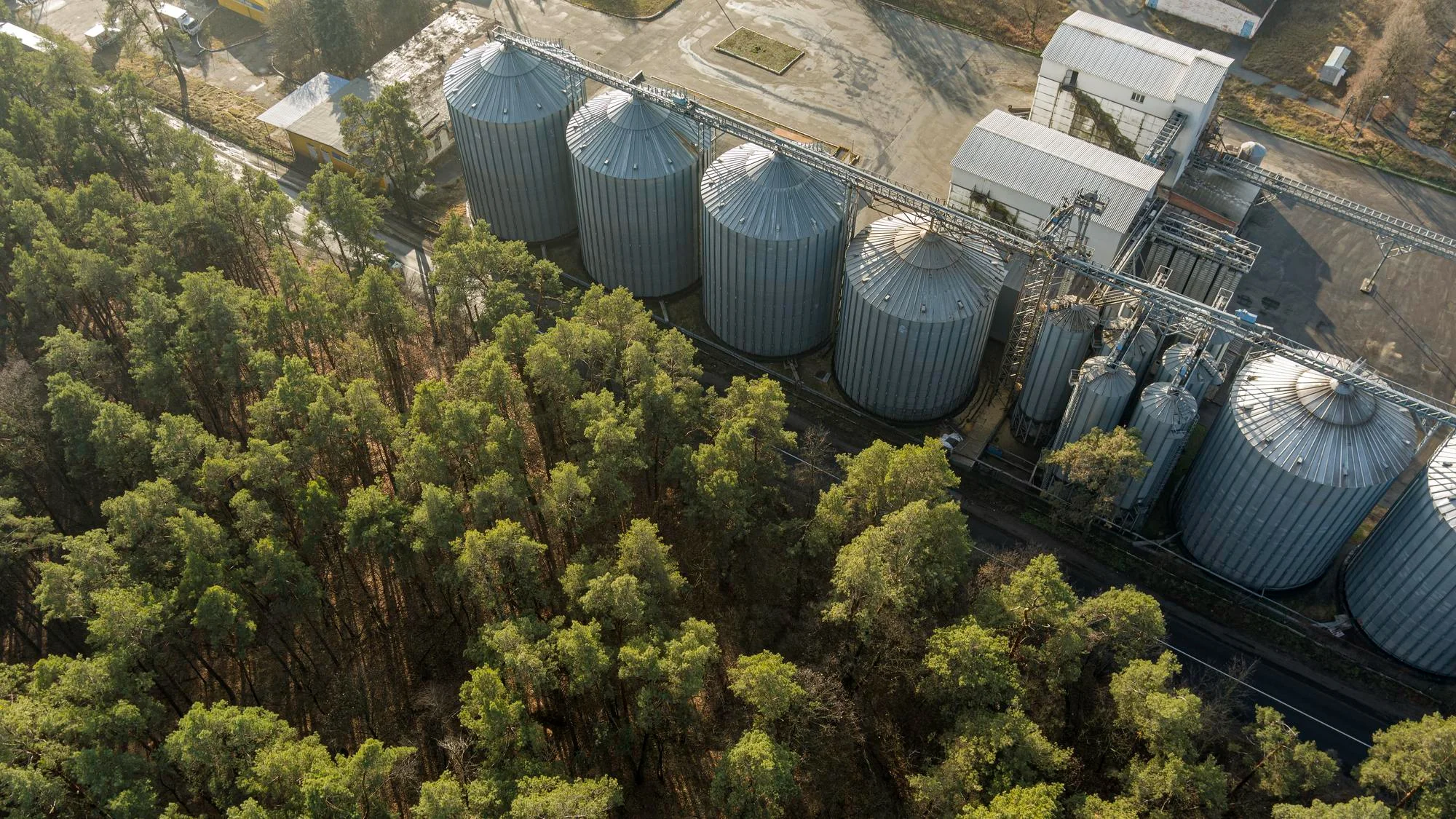The shift towards sustainable and renewable energy sources is a prominent aspect of contemporary environmental policy. As part of the ongoing quest for cleaner energy solutions, a study recently conducted at AGH University of Kraków, Poland, sheds light on the potential of biomass waste as a viable feedstock for syngas production through gasification processes. The study, published in Bioresource Technology, delineates how varying gasification atmospheres and the presence of catalysts can significantly affect the quality of syngas production.
The research paper, dated January 14, 2024, with DOI 10.1016/j.biortech.2023.130290, provides an experimental investigation of the gasification of biomass wastes, including brewery spent grain, wheat straw, hay, and pine sawdust. Below we encapsulate the study’s methodology, findings, and implications for the bioenergy sector.
Methodological Approach
The team, consisting of researchers Małgorzata Sieradzka, Agata Mlonka-Mędrala, Aleksandra Błoniarz, and Aneta Magdziarz, coordinated an experimental setup designed to scrutinize the gasification in carbon dioxide (CO2) atmospheres with and without catalysts. The catalysts aimed to facilitate tar cracking and enhance the quality and quantity of syngas produced.
Impacts of Gasification Atmosphere
Gasification in different ambiances leads to the production of synthesis gas or syngas, a mix principally composed of hydrogen (H2), carbon monoxide (CO), and carbon dioxide (CO2), alongside smaller fractions of methane (CH4) and other hydrocarbons. The study delves into the use of CO2 as an alternative to traditional air or oxygen gasification agents. This investigation presents CO2 gasification as a promising method, potentially enabling increased efficiency in H2 generation and providing a route to utilize greenhouse gases effectively.
Role of Catalysts
The researchers tested various catalysts, looking for those capable of promoting the reforming reactions of tar components and optimizing the gas composition. Catalysts typically enhance reaction rates and selectivity, thus increasing syngas production and quality.
Findings and Their Significance
The study’s results indicate a marked improvement in syngas quality when utilizing both a CO2 atmosphere and catalysts compared to conventional methods. The enhanced syngas was richer in combustible components, with higher H2 and CO content, reflecting superior energy yield potential.
Implications for Bioenergy and Climate Goals
This research offers promise for the bioenergy sector, suggesting that biomass waste – often an underutilized byproduct – can produce high-value syngas. Additionally, the employment of CO2 as a gasification agent can partly mitigate greenhouse gas emissions, thus aligning with climate mitigation strategies.
No Competing Financial or Personal Interests
The authors have transparently declared the absence of any competing financial interests or personal relationships which could influence the presented work, ensuring the integrity and scientific objectivity of the study.
Conclusion
The study’s elaborate execution and its results stand as testimony to the ongoing innovations in the field of bioenergy. The AGH University team’s work propels us closer to a future where renewable energy sources will not only reduce our carbon footprint but also provide efficient and sustainable energy solutions.
References
1. Małgorzata Sieradzka, Agata Mlonka-Mędrala, Aleksandra Błoniarz, Aneta Magdziarz, “Experimental study of biomass waste gasification: Impact of atmosphere and catalysts presence on quality of syngas production,” Bioresource Technology, vol. 394, no. 130290, Jan. 2024.
2. Energy Information Administration (EIA). (2023). “Biomass Explained.”
3. National Renewable Energy Laboratory (NREL). (2023). “Gasification.”
4. International Renewable Energy Agency (IRENA). (2023). “Renewable Energy Statistics 2023.”
5. Intergovernmental Panel on Climate Change (IPCC). (2023). “Climate Change and Land.”
Keywords
1. Biomass Gasification
2. Syngas Production
3. Renewable Energy Technology
4. Catalytic Gasification
5. Bioresource Conversion
Using these SEO keywords will enhance the visibility of the article for individuals and organizations interested in biomass conversion technologies, renewable energy innovations, and strategies for sustainable fuel production. The incorporation of such keywords will ensure the article is discoverable by those conducting related searches and contributes to the academic and industrial discourse surrounding bioenergy advancements.
